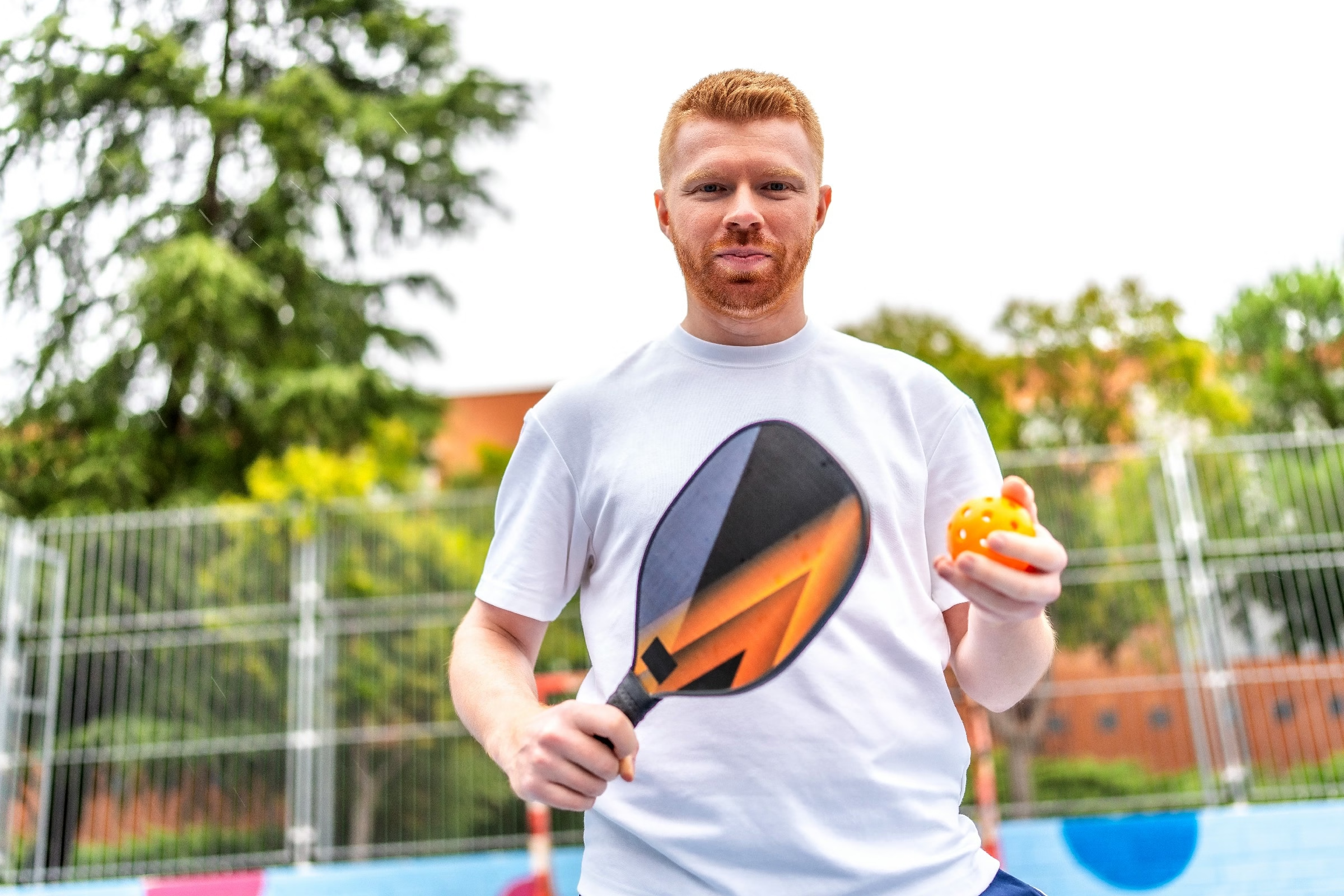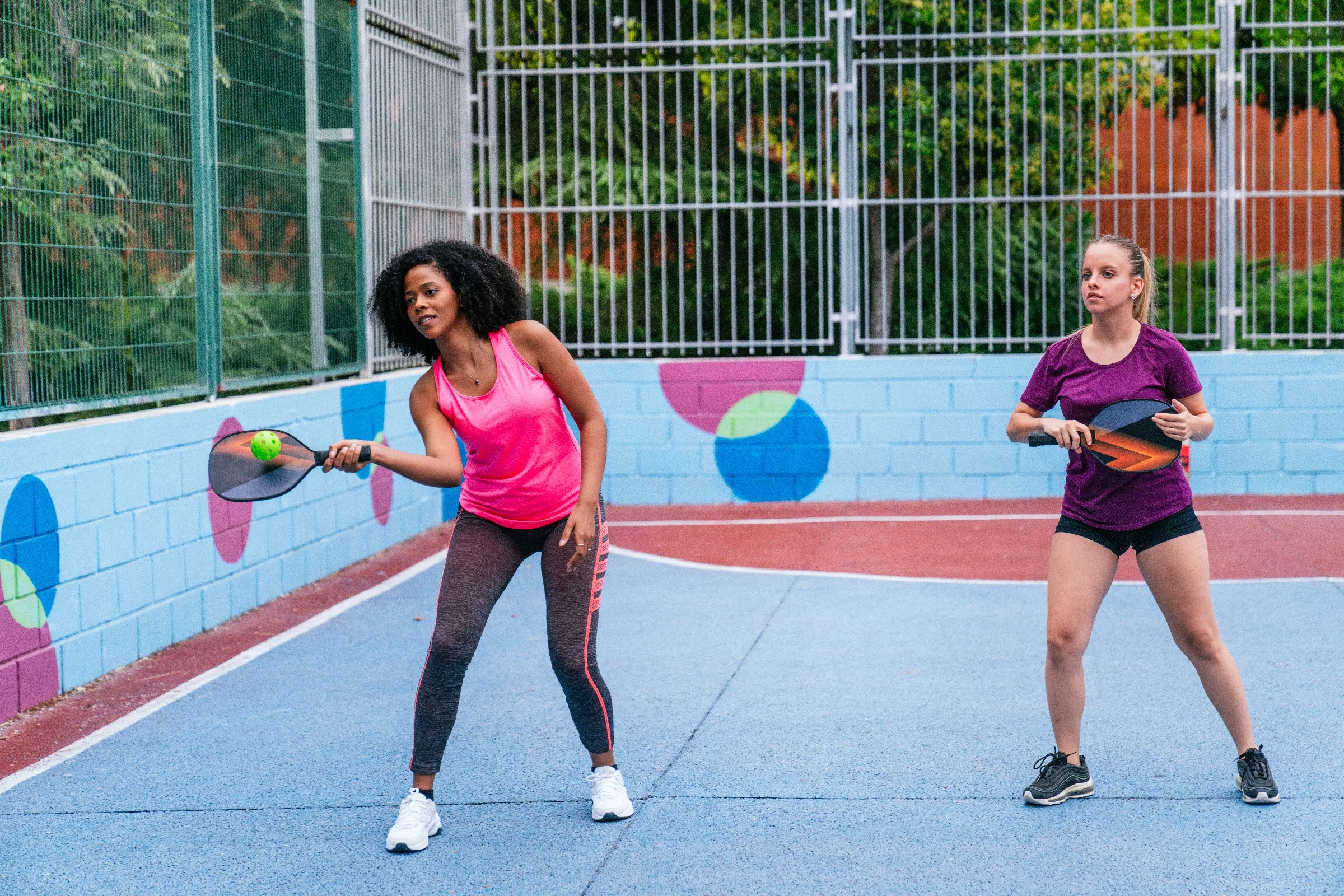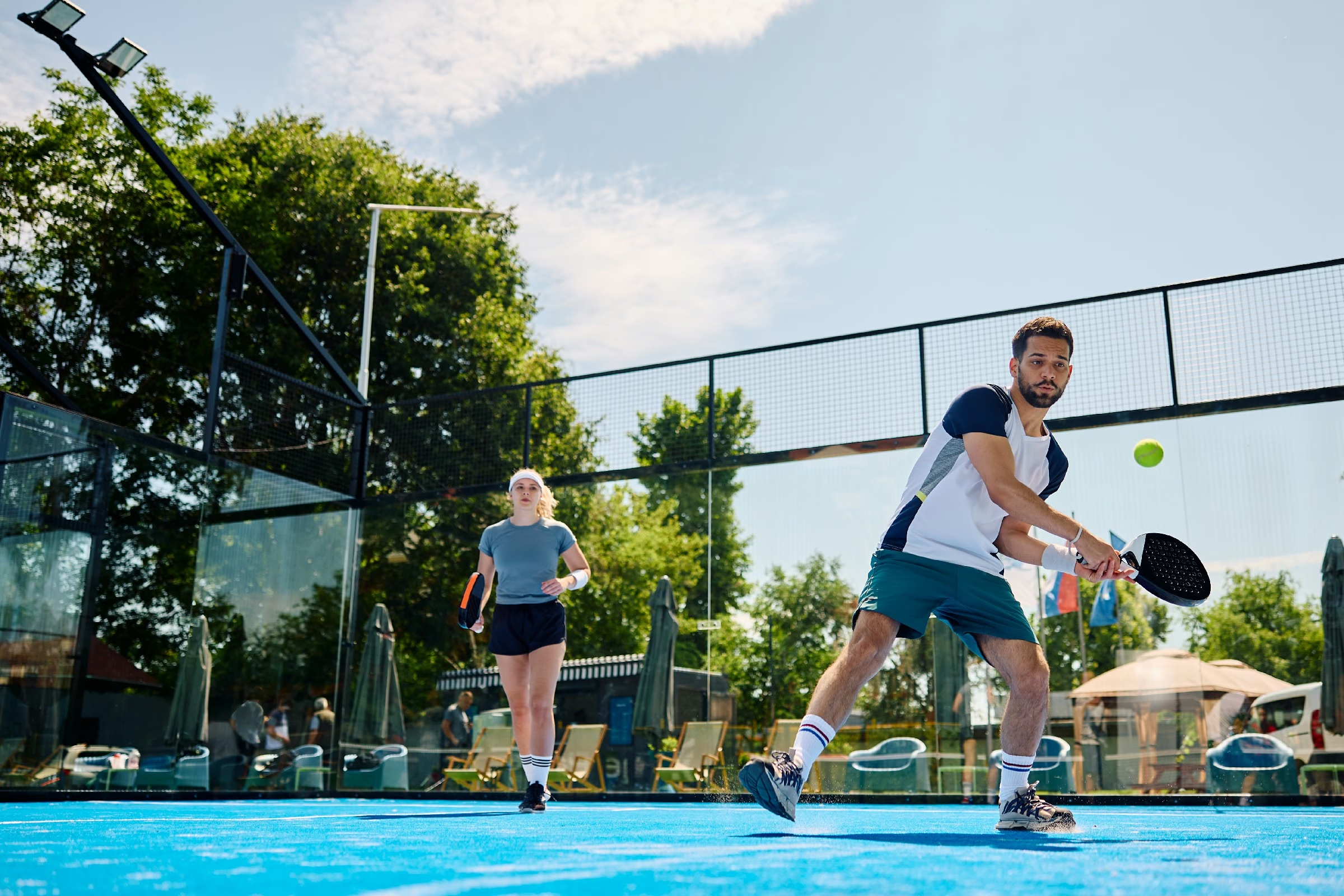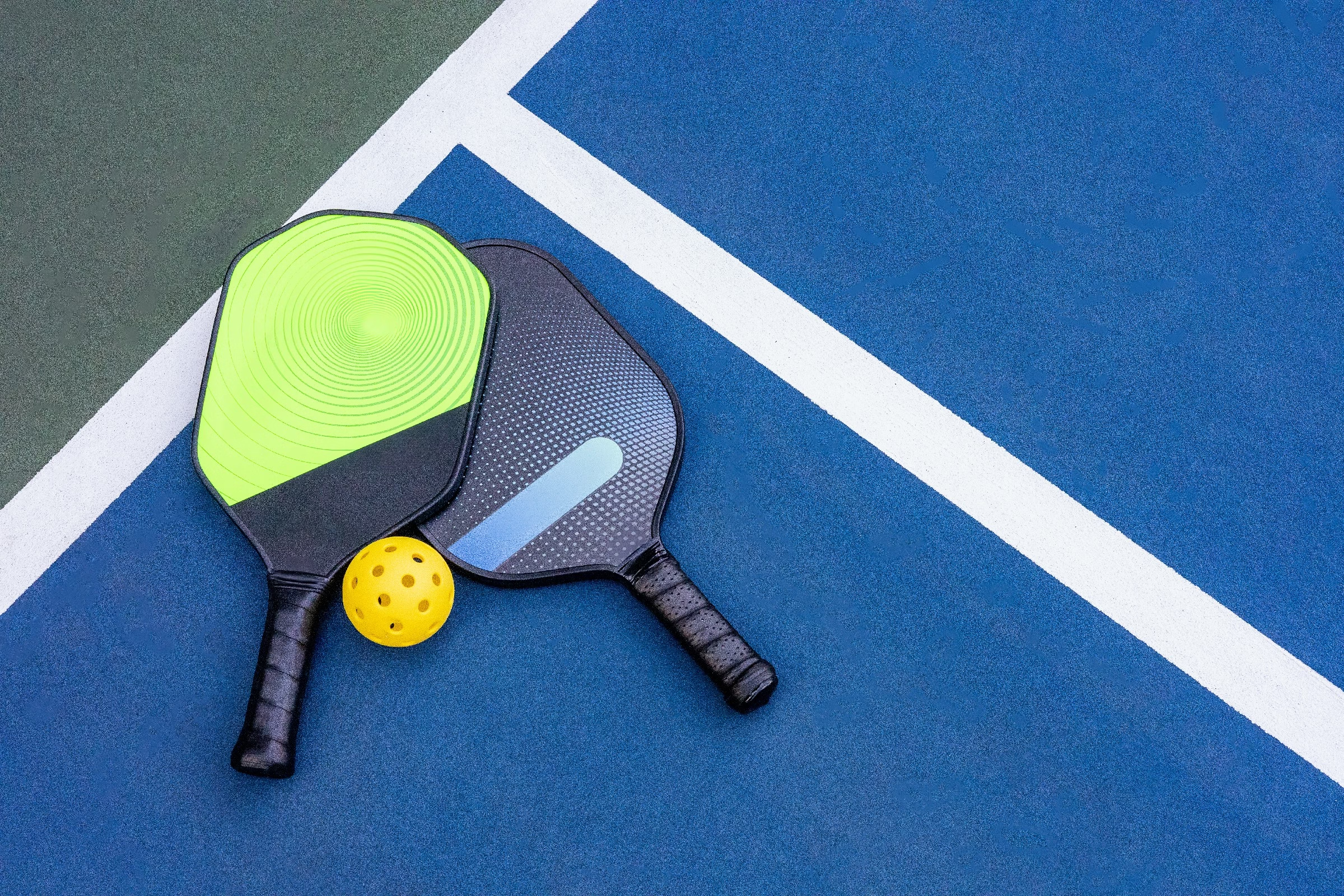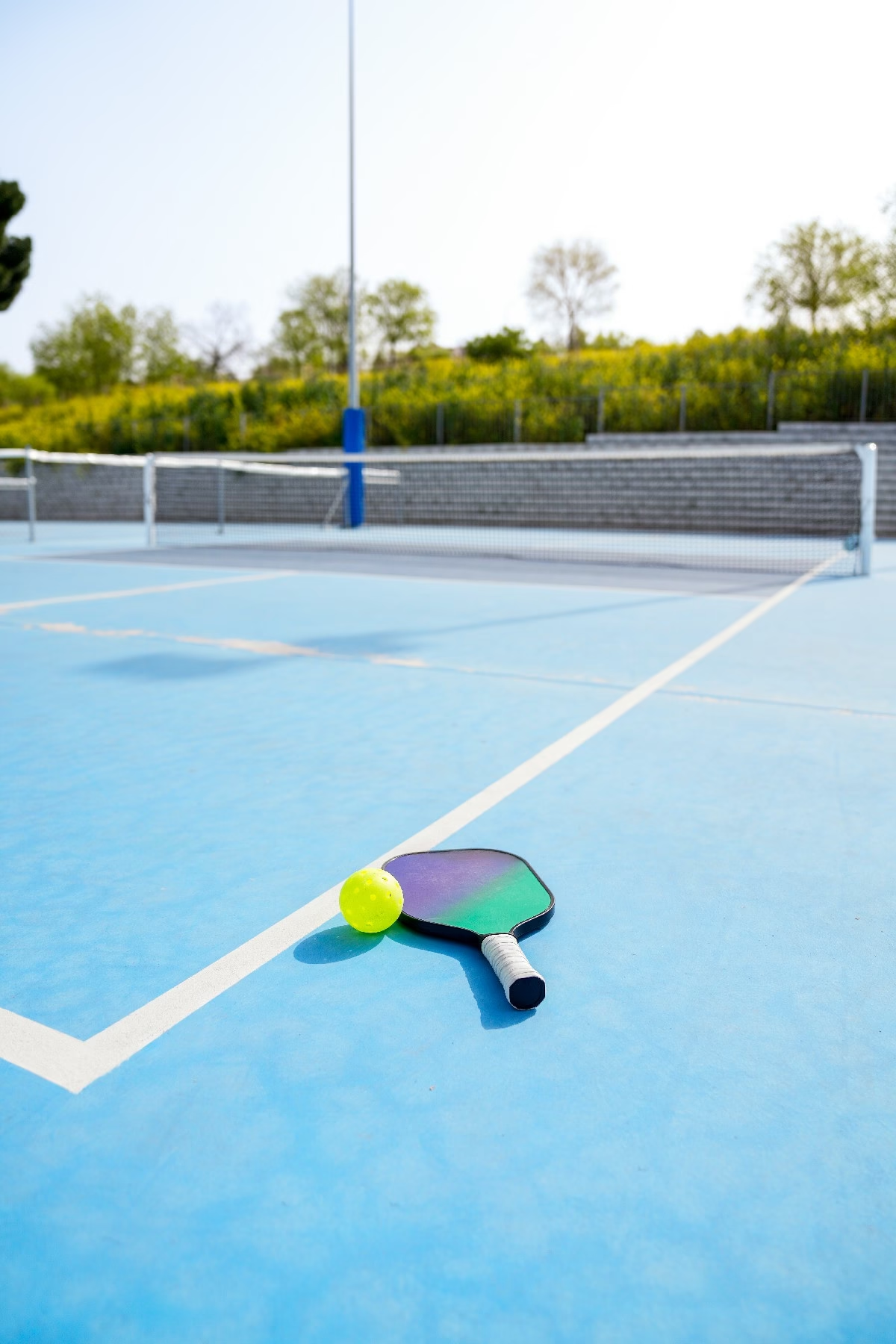Blog
para-pickleball grants
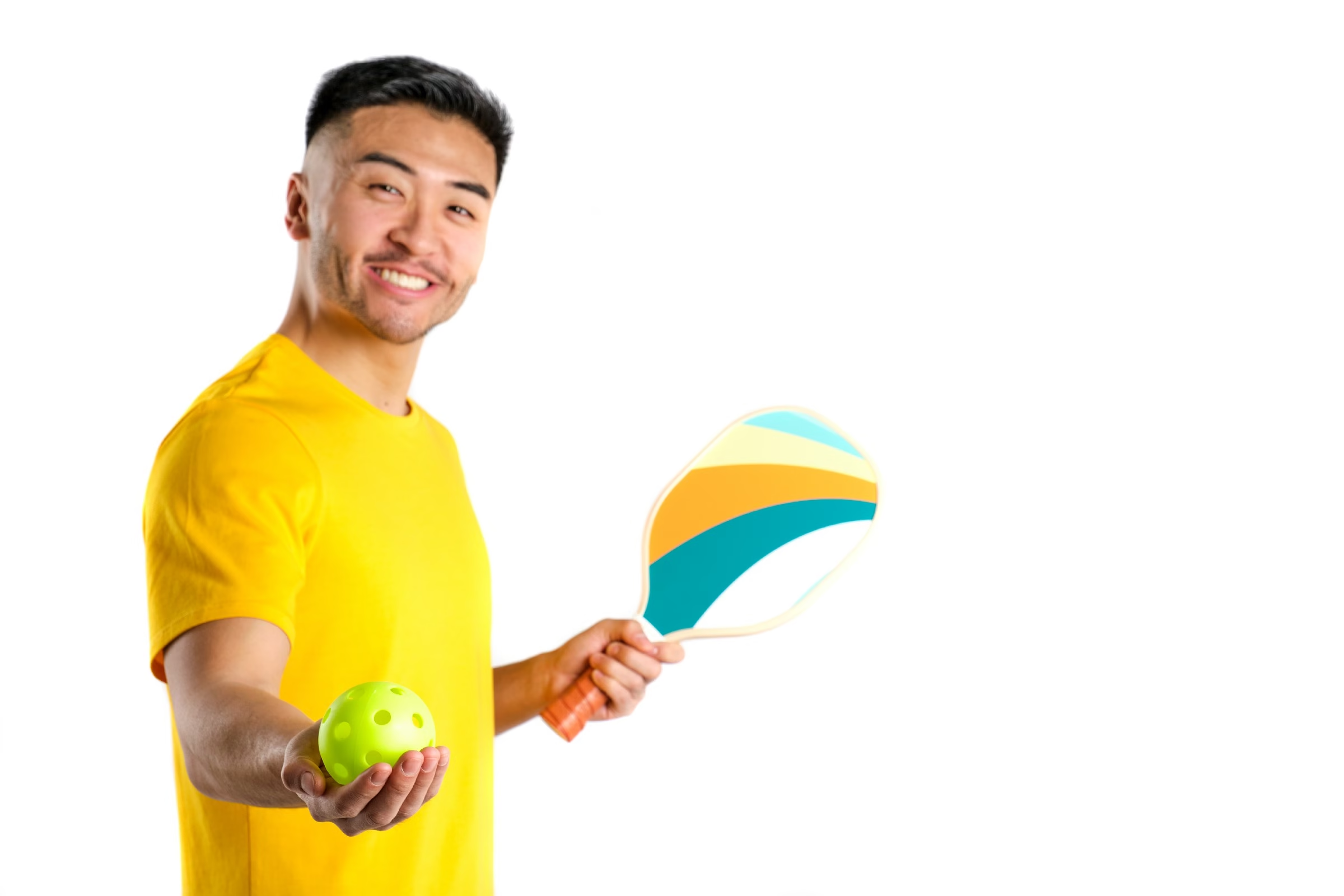
Unlocking Opportunities: The Rise of Para-Pickleball Grants
In a world where sports serve as a vibrant tapestry of inclusion and empowerment,a new initiative is gaining momentum,bridging the gap between accessibility and athleticism. Enter para-pickleball grants—an innovative funding prospect designed to foster participation in a sport that is not only engaging but also increasingly popular among individuals with disabilities. As communities recognize the transformative power of pickleball, these grants aim to dismantle barriers, provide necessary resources, and promote the spirit of competition and camaraderie among athletes of all abilities. This article delves into the significance of para-pickleball grants, exploring their origins, impact, and the future they promise for adaptive sports everywhere. Join us as we unpack the nuances of this burgeoning movement, spotlighting the trailblazers and beneficiaries shaping the world of para-pickleball.
Table of Contents
- Exploring the Rise of Para-Pickleball and Its Need for Grants
- Understanding the Impact of Grants on Para-Pickleball Accessibility
- Key Organizations Supporting Para-Pickleball Initiatives
- Best Practices for Writing Successful Grant Proposals
- Innovative Funding Models to Sustain Para-Pickleball programs
- Future Directions for Funding and Community Engagement in Para-Pickleball
- Q&A
- Future Outlook
Exploring the Rise of Para-Pickleball and Its Need for Grants
The emergence of para-pickleball has transformed the landscape of adaptive sports, offering individuals with disabilities a chance to engage in a thrilling and inclusive activity. The sport merges elements of tennis, badminton, and table tennis, making it easily accessible for players with varying degrees of physical challenges. As the community grows,so does the necessity for adequate support,leading to a pivotal conversation around the need for financial assistance through grants.
to foster the growth and development of para-pickleball, a robust grant system can enable essential initiatives such as:
- Equipment Accessibility: Funding to provide specialized paddles, balls, and courts.
- Training Programs: Financial backing for certified coaches to train players with disabilities.
- Community outreach: Initiatives aimed at increasing awareness and participation from underrepresented communities.
- Host Tournaments: Organizing events that celebrate para-pickleball and create competitive opportunities.
The impact of these grants extends beyond funding; they create a thriving ecosystem for innovation and inclusivity. A quick glance at some successful grant-funded projects demonstrates the profound effects on local communities:
| Project Name | Location | Funding Amount | Outcome |
|---|---|---|---|
| Adaptive Sports Training Initiative | California | $10,000 | 100+ participants engaged |
| Para-Pickleball Community League | Texas | $15,000 | Increased local tournaments |
| Inclusivity Workshop Series | New York | $7,500 | Raised awareness in schools |
Understanding the Impact of Grants on Para-Pickleball Accessibility
Grants specifically aimed at enhancing accessibility in para-pickleball have the potential to transform not only the sport but the lives of its participants. These funds can be directed towards various critical areas, ensuring that individuals with disabilities have equal opportunities to engage, compete, and enjoy the game. Some key advantages include:
- Facility Enhancements: Upgrading existing courts to be wheelchair-accessible and adaptive.
- Equipment Procurement: Providing specialized paddles, balls, and wheelchairs designed for better performance.
- Training Programs: Launching workshops for coaches and volunteers to learn how to effectively work with para-athletes.
By distributing grants,organizations can create networks of support that resonate through communities,facilitating local tournaments and leagues that champion inclusivity. The ripple effect is significant; as more facilities open up to para-pickleball programs, the visibility of the sport grows. This increased awareness can lead to greater community engagement and interest in disability sports, fostering an habitat where participation is celebrated.
Additionally, grant funding can alleviate financial barriers that may prevent individuals from participating in para-pickleball. The following table highlights how grants can address these needs:
| Challenge | Grant Solution |
|---|---|
| High Equipment Costs | Subsidized pricing for participants |
| Limited Facility Access | Funding for court renovations |
| Lack of Qualified Coaches | Grants for training programs |
Key Organizations supporting Para-Pickleball Initiatives
Numerous organizations are contributing significantly to the advancement of para-pickleball, promoting inclusivity and accessibility within the sport. These entities focus on providing funding,resources,and platforms to help athletes with disabilities participate and thrive.Among them,standout organizations include:
- USA Pickleball Association (USAPA): Actively supports the creation of adaptive programs and provides grant opportunities specifically designed for para-pickleball initiatives.
- The Special Olympics: Offers avenues for athletes with intellectual disabilities to engage in competitive pickleball, backed by necessary funding and resources.
- Adaptive sports USA: focused on promoting sports for individuals with physical disabilities, this organization facilitates grants that enable the development of para-pickleball programs.
In addition to these key players, local grassroots organizations are critical in fostering para-pickleball’s growth at the community level. By collaborating with national bodies,they can effectively channel funding into development programs.A few notable programs include:
| Organization | Support Offered | Website |
|---|---|---|
| Pickleball4All | Grants & Equipment | pickleball4all.com |
| Wheelchair Sports Federation | Training & Coaching | wheelchairsportsfederation.org |
| The National Center on Health,Physical Activity and Disability | Research & Advocacy | nchpad.org |
With the alignment of these organizations,there is a promising trajectory for para-pickleball development. The focus on inclusivity not only enhances visibility for these athletes but also encourages community engagement through events and tournaments.The collective effort aims to transform para-pickleball into a vibrant,supportive network,creating opportunities for athletes to pursue their passion while fostering camaraderie and sportsmanship.
Best Practices for Writing Successful Grant Proposals
Crafting an effective grant proposal for para-pickleball requires clarity and precision. Begin with a well-structured outline to ensure yoru proposal flows logically, addressing all critical points. Here are some key elements to include:
- Executive Summary: A concise overview of your project and its impact.
- Needs Statement: Articulate the necessity for funding, backed by data.
- Goals and Objectives: Clearly define what you hope to accomplish.
- Budget Justification: Provide a clear breakdown of how funds will be used.
Engaging storytelling can elevate your proposal from the rest. Use real-life examples and testimonials to highlight the significance of para-pickleball in your community. This helps potential funders visualize the impact of their investment. Consider creating a small table that summarizes key testimonials or participant feedback:
| Participant | Feedback |
|---|---|
| Jane Doe | “Para-pickleball has transformed my life, enhancing my physical and mental well-being.” |
| John Smith | “I’ve met amazing friends through the para-pickleball community!” |
ensure that your proposal is thoroughly reviewed before submission. Errors and inconsistencies can detract from your credibility. Enlist peers or mentors to provide constructive feedback, and check your proposal against the funding agency’s requirements. A polished proposal can make a significant difference in securing funding. Remember to follow up respectfully after submitting your proposal to keep lines of communication open.
Innovative Funding models to Sustain Para-Pickleball Programs
As communities embrace the rising popularity of para-pickleball, innovative funding models are becoming essential to sustain and enhance these vital programs. One of the most promising approaches is the establishment of partnerships between local governments, nonprofit organizations, and private entities. By pooling resources and expertise, stakeholders can develop a complete funding strategy that not only supports the immediate financial needs but also invests in the long-term growth of para-pickleball opportunities.
Another effective method involves leveraging crowdfunding platforms tailored specifically for sports initiatives. By creating engaging campaigns that showcase the impact of para-pickleball on participants’ lives, communities can rally support from individuals and businesses eager to contribute. Key elements of successful crowdfunding efforts often include:
- Compelling storytelling that highlights athlete experiences
- Clear financial goals with transparent breakdowns of fund allocation
- Engagement incentives, such as branded merchandise or recognition on social media
Moreover, exploring option revenue streams can bolster financial sustainability. Programs can consider offering tiered membership options or family packages, encouraging participation while generating consistent income.here’s a brief overview of some potential pricing strategies:
| Membership Type | Monthly Fee | Benefits |
|---|---|---|
| Standard membership | $25 | Access to all public courts |
| family Package | $60 | Access for up to 4 family members |
| Premium Membership | $40 | Reserved court time and discounts on gear |
Future Directions for Funding and Community Engagement in Para-Pickleball
As the popularity of para-pickleball continues to soar, innovative funding strategies and community engagement initiatives will be vital for fostering growth and accessibility. A holistic approach that encompasses various types of funding can prove instrumental in expanding the reach of this sport.Potential funding sources include:
- Individual donations from enthusiasts and supporters.
- Corporate sponsorships from businesses focusing on health and wellness.
- Grants from non-profit organizations dedicated to sports inclusion.
- Fundraising events that promote community involvement.
Community engagement should not be overlooked in this endeavor. By fostering a sense of belonging,local clubs and organizations can invite more players to experience the joy of para-pickleball. Strategies for engagement might involve:
- Hosting inclusive events that showcase para-pickleball’s unique aspects.
- Creating mentorship programs linking experienced players with newcomers.
- forming partnerships with schools and community centers to ensure accessibility.
- Offering training sessions for coaches to better understand adaptive techniques.
| Funding Source | Potential Benefit |
|---|---|
| Individual Donations | Direct support for players and programs. |
| Corporate Sponsorships | Increased visibility and resources. |
| Non-Profit Grants | Funding for court installation and equipment. |
| Community Fundraising | engagement and support networks. |
Q&A
Q&A: Understanding Para-Pickleball Grants
Q1: What are para-pickleball grants?
A1: Para-pickleball grants are financial resources dedicated to promoting and supporting the growth of pickleball opportunities for individuals with disabilities. These grants aim to facilitate access to equipment, training, educational programs, and available facilities tailored for para-pickleball players.
Q2: Who can apply for para-pickleball grants?
A2: Applications are typically open to various organizations, clubs, and non-profits focused on adaptive sports, as well as schools promoting inclusivity. Individuals looking for funding to develop programs or events benefiting para-pickleball participants may also be eligible.
Q3: How can these grants impact the community?
A3: Para-pickleball grants hold the potential to significantly uplift communities by fostering inclusion. They help create playing opportunities where individuals with disabilities can engage in physical activity, build social connections, and enjoy the benefits of sport in a supportive environment.
Q4: What types of projects might receive funding?
A4: Funding can support a variety of initiatives, including but not limited to: developing adaptive equipment, organizing inclusive clinics and tournaments, offering coaching certifications in para-pickleball, and building accessible facilities that cater to everyone.
Q5: Are there specific requirements for applying for a grant?
A5: Yes, requirements can vary by funding body, but common expectations include a detailed proposal outlining the project, a budget plan, and measurable outcomes that demonstrate the expected impact of the funding on para-pickleball participation.
Q6: Where can one find information about available grants?
A6: Interested applicants can start by visiting the websites of organizations dedicated to adaptive sports, local sports councils, and pickleball associations. Additionally,grant databases and community foundations may provide information regarding current opportunities.
Q7: Can individuals receive funding directly,or is it solely for organizations?
A7: Generally,para-pickleball grants are awarded to organizations or institutions rather than individuals. However, there are occasionally opportunities within larger programs where individuals can showcase their initiatives and apply for funding as part of an organizational proposal.
Q8: How can recipients measure the success of their projects funded by para-pickleball grants?
A8: Success can be measured through various means, such as tracking participant numbers, gathering feedback through surveys, assessing skill improvements, and evaluating the overall satisfaction of participants with the programs or facilities funded by the grants.
Q9: Is para-pickleball growing in popularity?
A9: Yes, the popularity of para-pickleball has been steadily rising as awareness about adaptive sports increases and more communities recognize the importance of inclusivity in athletic activities.Grants like these are crucial in sustaining and nurturing this growth.
Q10: How can someone get involved or support para-pickleball initiatives?
A10: There are numerous ways to get involved! You can volunteer with local adaptive sports organizations, attend para-pickleball events, spread the word about funding opportunities, or even contribute directly through donations to groups working towards enhancing accessibility in sports.
Whether you’re an aspiring player, a dedicated supporter, or an organization ready to make a difference, understanding para-pickleball grants is the first step towards fostering an inclusive sport for everyone!
Future Outlook
As we conclude our exploration of para-pickleball grants, it’s clear that the intersection of sport and inclusivity is both rich and vital. These grants not only serve as a catalyst for enhancing accessibility and participation in para-pickleball but also foster a sense of community and belonging among players of all abilities. By investing in adaptive programs and resources, we pave the way for athletes to compete, connect, and thrive, ensuring that everyone has the opportunity to enjoy the benefits of this dynamic sport.
As the pickleball community continues to grow and evolve,let us remain committed to advocating for equitable access and support,so that the courts resonate not just with the sound of paddles and balls,but with the spirit of unity and diversity. Through these initiatives, we can transform the landscape of para-pickleball, opening doors for countless aspiring athletes and enriching the sport as a whole. The journey doesn’t end here; let’s keep the momentum going and champion inclusivity in every serve and rally.




